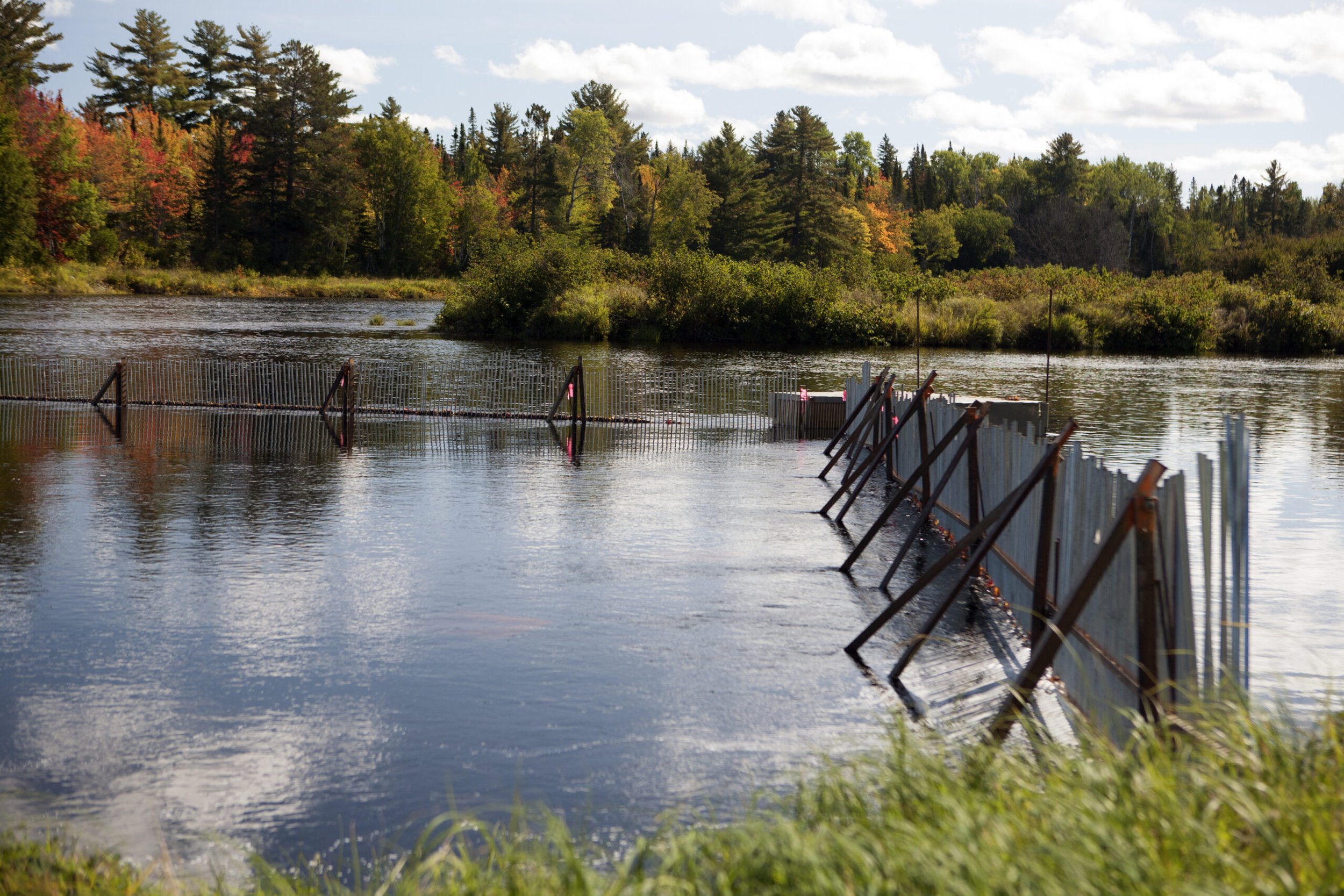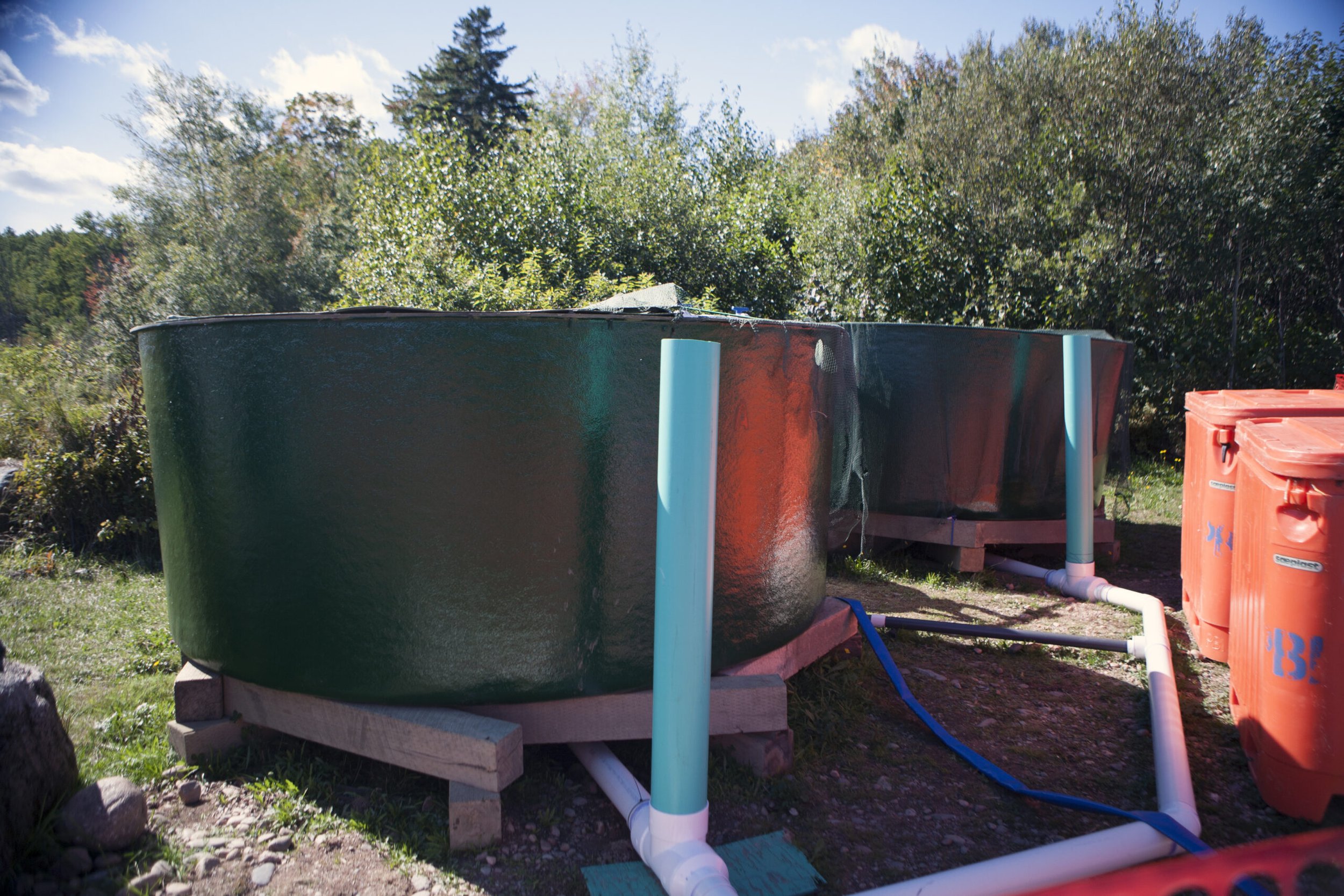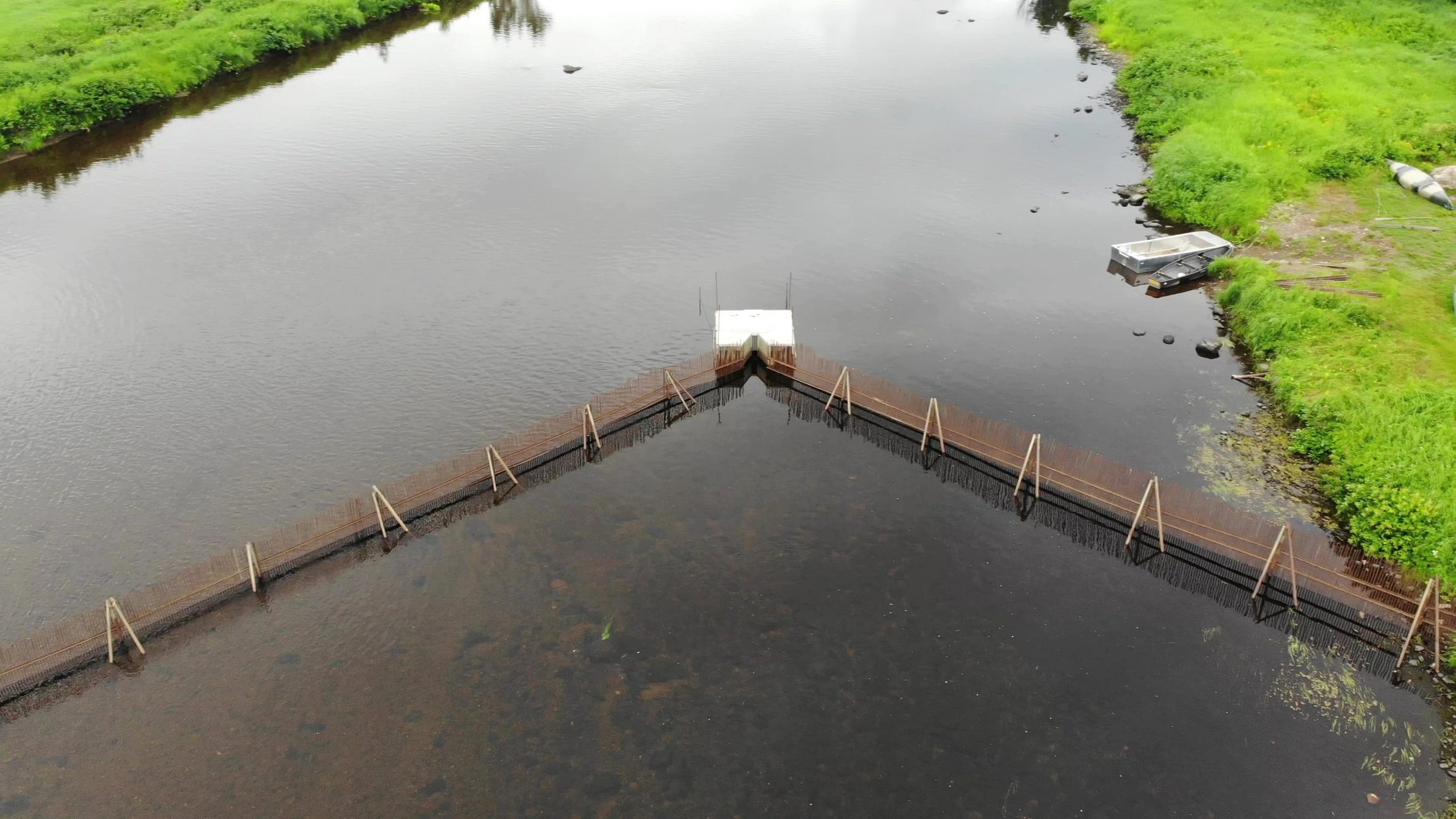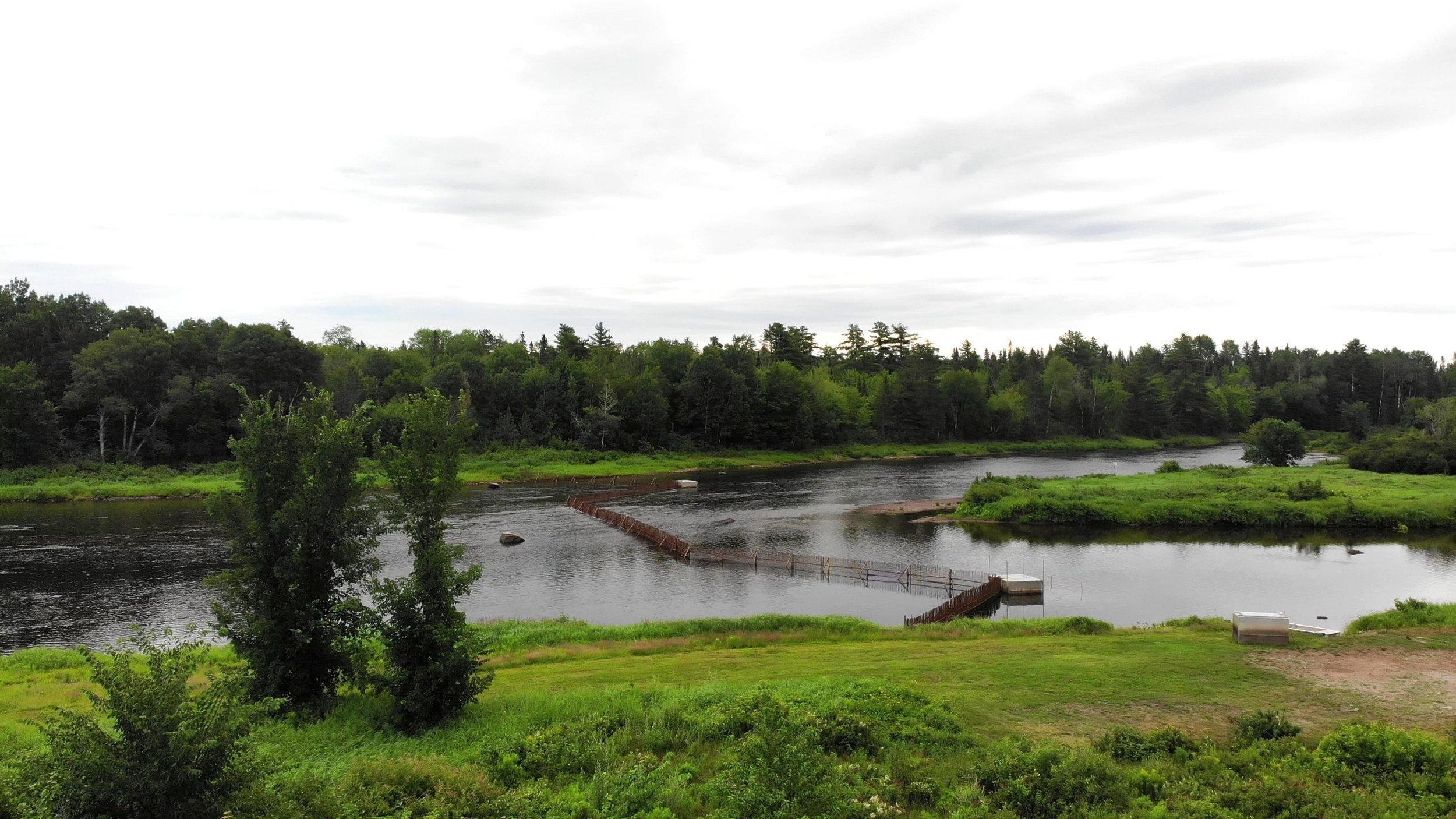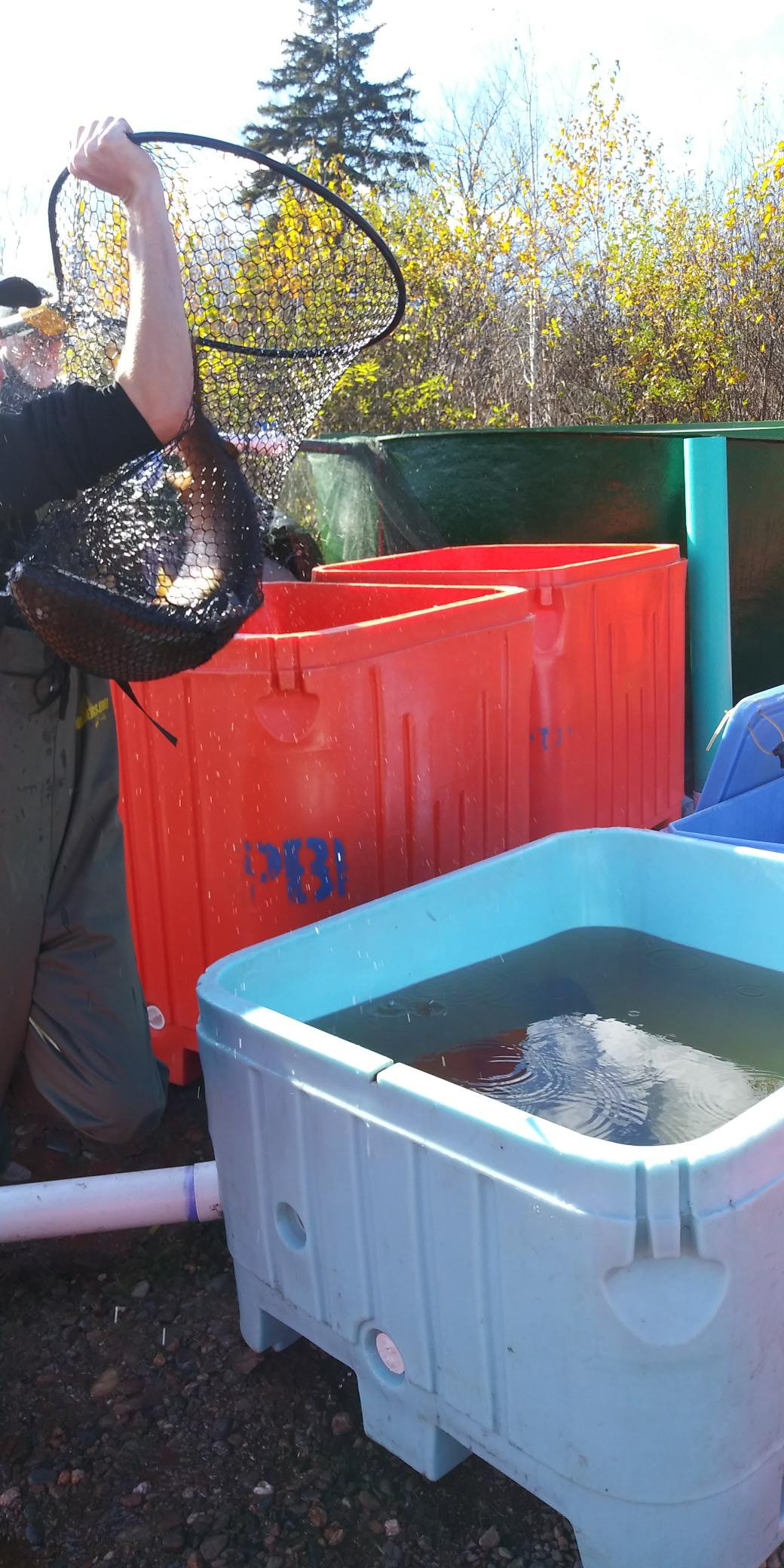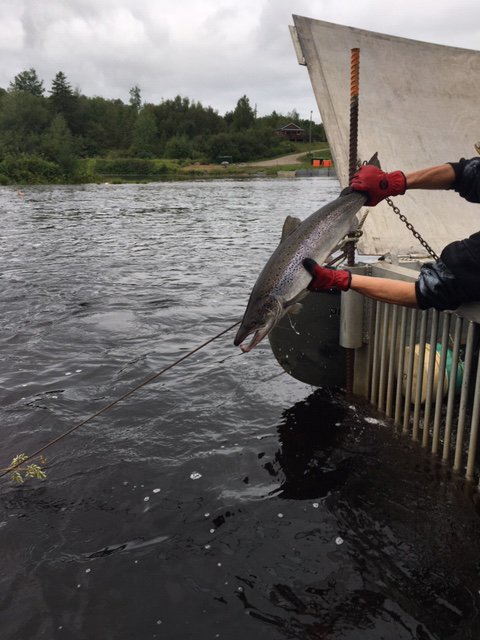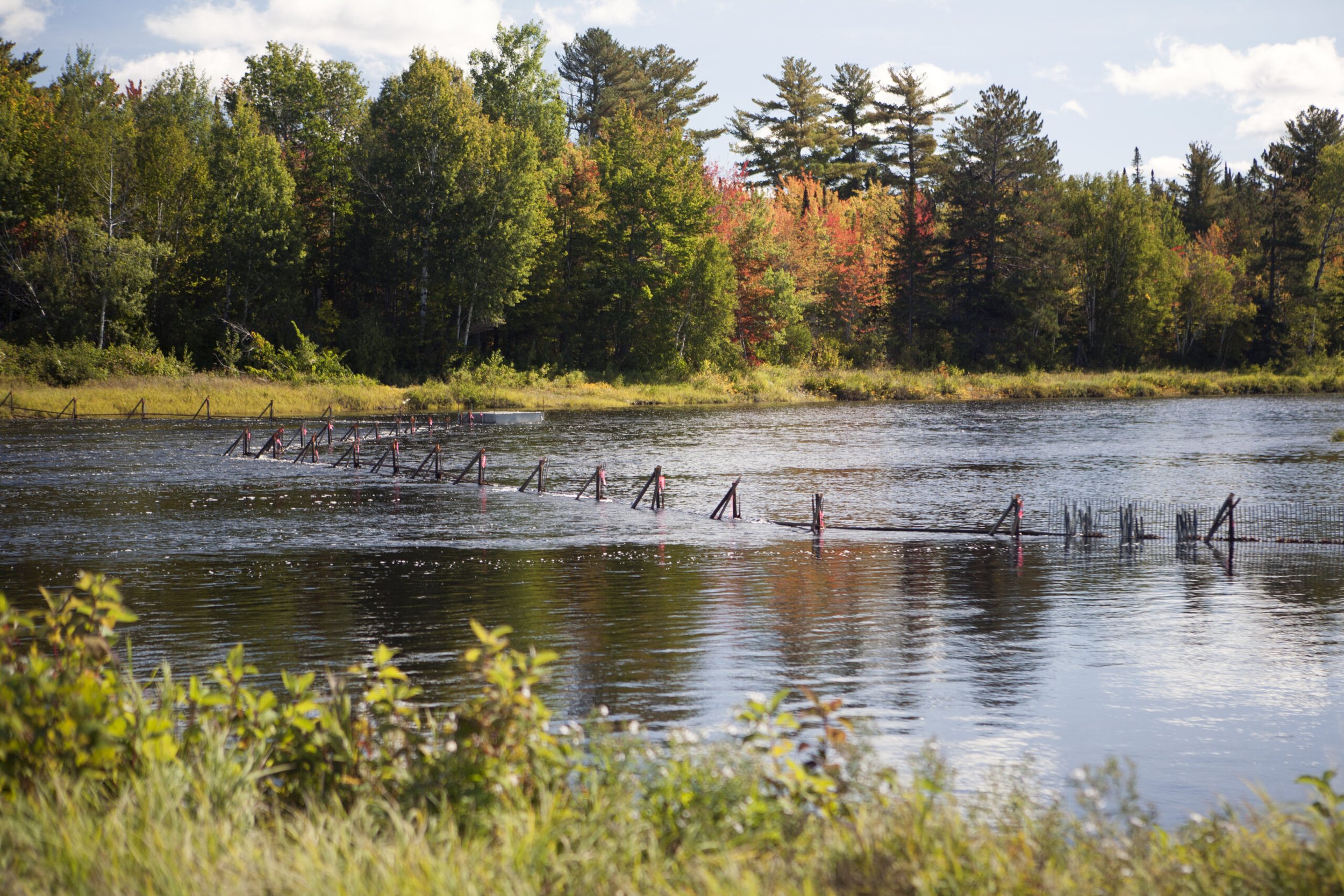
Environmental & Special Research Projects
Conservation Efforts to preserve and protect the land our ancestors lived.
"Preserving the environment is not just a duty we owe to our planet, but a testament to our understanding of interdependence. Just as every thread weaves the fabric of a tapestry, every species, every tribe, and every ecosystem contributes to the intricate beauty of our world. The importance of environmental preservation lies in our recognition that our fates are intertwined with the delicate balance of nature. In safeguarding the earth, we safeguard ourselves, ensuring that the symphony of life continues for generations yet to come."
Reviving a Lost Legacy: Conservation Efforts Restoring Endangered Salmon
Over four decades ago, the tranquil waters of the Nepisiguit River and Little River were marred by the environmental repercussions of mining. Once home to thriving salmon populations, these rivers witnessed a tragic decline in their iconic inhabitants, pushing them to the brink of endangered species status. However, in the face of adversity, the dedicated Community of Pabineau and stakeholders rallied together to initiate an inspiring journey of conservation and revival.
The impact of pollution from the mines and rampant commercial fishing cast a shadow on the once-vibrant ecosystem. Salmon, an integral species with cultural and ecological significance, suffered the most. Over the years, the population dwindled, sounding the alarm for urgent action. But hope was not lost. Instead, a powerful alliance was formed, united by a common goal: to bring back the salmon and restore the rivers' natural balance.
The heart of this conservation effort lies in the innovative strategy of salvaging salmon eggs from the flourishing Miramichi River. These eggs are then carefully nurtured to their stable fertilized stage and then transported to the rivers, ready to embark on a new life journey. Through this meticulous process, the community aims to replenish the Nepisiguit and Little Rivers with the noble presence of salmon once again.
A cornerstone of this initiative is the introduction of a counting fence. Far from being a mere barrier, this fence plays a crucial role in the restoration process. Acting as a guardian of the rivers, it enables the safe collection of brood stock for fertilization. This method ensures that the genetic diversity and health of the salmon population are preserved, allowing for a stronger and more resilient resurgence.
The counting fence, symbolizing the bridge between past and future, is a testament to the collaborative spirit that drives these conservation efforts. Community members, scientists, environmentalists, and stakeholders converge to contribute their expertise, resources, and passion, turning a shared vision into reality. Their commitment exemplifies the power of collective action in the face of environmental challenges.
Optimism prevails as the community meticulously places fertilized eggs into the once-polluted waters. The dedication and perseverance invested in this conservation endeavour mark a profound belief in the potential for nature's revival. The journey to restore the salmon population is a reminder that while human activities can cause irreversible harm, they also possess the capacity to heal and regenerate what has been lost.
In conclusion, the tale of the Nepisiguit and Little Rivers' salmon conservation is one of resilience, unity, and hope. Overcoming the scars left by the mines and overfishing, the community's unwavering commitment to environmental preservation shines as an inspiration. This ongoing effort exemplifies the symbiotic relationship between humanity and the natural world and serves as a testament to our collective responsibility to safeguard the delicate balance of our planet.
Pabineau First Nation White Cedar Swamp Project
‘In history, the Pabineau First Nation Community has seen plenty of deer throughout our land. Deer on First Nation land is called "Spirit Deer.” Unfortunately, our Spirit Deer’s population has been declining drastically since 1993. To protect our Spirit Deer, we have also made an effort to preserve the historical woodland that exists as a beneficial habitat for the Spirit Deer. This impact benefits Pabineau’s members spiritually, mentally, and psychically. Our mythology believes it is said by many Mi’gmags that there should be (1) Spirit Deer for every (10) members.
The White Cedar Swamp Preservation Project aims to increase the deer population in Pabineau and nearby surrounding areas. Therefore, Pabineau proposes a 65-acre Preservation site, especially for deer protection throughout the entire four seasons. The site is natural old forest growth, with most of the tree population containing cedar swell, which is best for deer protection. Pabineau First Nation wants to protect the cedar swamp to maintain a suitable environment for deer. The white cedar swamp provides ample food, water, and shelter/protection from the elements.
The Pabineau First Nation White Cedar Swamp Project will be closed to the general public to enhance peace and harmony, promoting wildlife to thrive in its natural habitat. As follows tradition, the preservation site will remain open for members of Pabineau to gather the medicine cedar for spiritual and ceremonial purposes.’ - Robert Kryszko



